Setting boundaries is one of the trickier parts of any relationship, romantic or otherwise. Societal conditioning has taught non-men in particular that setting boundaries or denying someone’s request is a faux pas. Communicating boundaries allows for healthy relationships though and it is integral to the health of oneself and one’s relationships to be able to do so.
Why Setting Boundaries is Essential for Healthy Relationships
Communication is a cornerstone of all healthy relationships. Being open and honest about one's feelings helps to prevent building resentment, allows us to work through conflict, and have our needs met. Like any other skill, communication is a muscle that needs to be exercised and will get easier over time as you practice it over and over again. One of the biggest obstacles to setting boundaries can be the instinct to please people, prompting a concern that setting boundaries will offend someone. You cannot be responsible for other people’s emotions so while you should absolutely aim to communicate effectively and kindly, after that their reaction is out of your hands. It’s natural that when you set a new boundary, the other person may feel upset which is understandable because people can’t really control how they feel. What they can, and should control, is their ensuing behavior. Their actions will be telling of their respect for your boundaries; if they push back, refuse to accept it, or do not align their behavior in accordance with the boundary, that is a red flag. Truly supportive people who are invested in your wellbeing will be grateful for the guidance and respect your needs.
Types of Boundaries and Examples of How to Use Them
With the “why” established, it’s time to talk about the “what.” The initial step is to get in touch with your own needs to figure out what your boundaries should be. Generally speaking, the types of boundaries are physical, time, conversational, content, emotional, material, and sexual.
Here are examples of each:
Physical: Asking not to be hugged
Time: Setting time ranges where you will or will not be available to be contacted
Conversational: Not engaging in conversation about politics with people you are unfamiliar with
Content: Not consuming content regarding triggering topics i.e. mental illness
Emotional: Telling a friend who needs emotional support that you do not have the emotional space to support them at the moment
Material: Not allowing your phone to be accessed without your express permission
Sexual: Using protection whenever you have sex
The exact boundaries that you may set do not have to match the ones above, rather the examples are meant to give you an idea of what boundaries might look like. The “right” boundaries to set are the ones that make you feel healthy, safe, respected, and comfortable.
How to Know What Boundaries You May Need
How do you want to be touched and by whom? How do you want your family to physically interact with you, if at all? What about friends? Coworkers?
How can you structure your time so you can attend to your responsibilities and also fulfill your own needs? How much alone time do you need, if any? How much time do you want to invest in sectors of your life like work, friendships, romance, etc.?
Are there any topics that make you feel uncomfortable to discuss and what are they? How does that comfort vary based on who you are with? Do you need to set different conversational boundaries for different relationships? Do you have any triggering topics you may want to set boundaries around?
Do your social media feeds make you feel good? If not, what could be eliminated or added to change that? How do you consume news, and do you find that your consumption of it is more effective than it is draining? What role does media consumption play in your life? Is there any way it could be improved? How does consuming the media in your life at present make you feel?
What activities/interactions boost your emotional energy? What drains it? Do you know how to tell when you cannot take on any more emotional weight?
Which possessions would you prefer to keep private? Who is allowed to access those possessions, if anyone other than yourself? Are there certain times you would allow access to those possessions? What does that look like?
What makes you feel safe or unsafe during sex? What conditions will make you the most comfortable and at ease?
Once you figure out your “what” when it comes to boundaries, the “how” is the final step before expressing the boundaries. It can be scary to express boundaries but remember, it is a gift to the person you are interacting with when you set clear boundaries. If they make you feel like you are a burden, you may want to reconsider the relationship.
Effective Communication Strategies for Setting Boundaries
Validate the other person's point of view. Empathy goes a long way.
Apologize less, only apologize when it's truly warranted. You don't need to apologize for bringing up an issue with someone, for example, because you have done nothing wrong by setting a boundary, even if they don’t like it.
Avoid making assumptions about the other person's motives or thoughts. Definitely don't accuse someone based on those assumptions.
Be respectful. Disagreeing with someone or being hurt by them are not justifications for yelling, insulting, or attacking.
Speak from the "I" perspective
Example: Instead of "you don't pay attention to my needs," try "I feel upset that my needs aren't being met. Can we talk about how to work on that together?"
If what you have to say is unpleasant, don't sugarcoat. Be upfront and honest without trying to be "nice;" it's a crutch and it helps no one. You are responsible for your feelings and for expressing them appropriately but you are not responsible for the other person’s feelings.
LISTEN! This seems obvious but so often, we listen to respond as opposed to listening to understand. Without understanding the other person, your communication will fall flat.
Seeking Support: When to Consider Couples Counseling or Sex Therapy
Hopefully all of this information will set you up for success while setting boundaries in your relationships. If you still find yourself needing more help, there are more resources out there to assist you. Positive Psychology has a great guide to creating boundaries including some worksheets to help encourage self-reflection around it. Mind Body Green offers elaboration on the types of boundaries and examples of each. Finally, Love is Respect is both a great general resource for healthy relationship tips and they also have a specific guide to setting boundaries.
If you're ready to set healthy boundaries and strengthen your relationship, we're here to help. Reach out to Embrace Sexual Wellness today for expert sex therapy and couples counseling in Chicago. Our compassionate therapists are ready to support you on your journey to a more fulfilling and respectful relationship. Contact us now to schedule your free consultation!





























